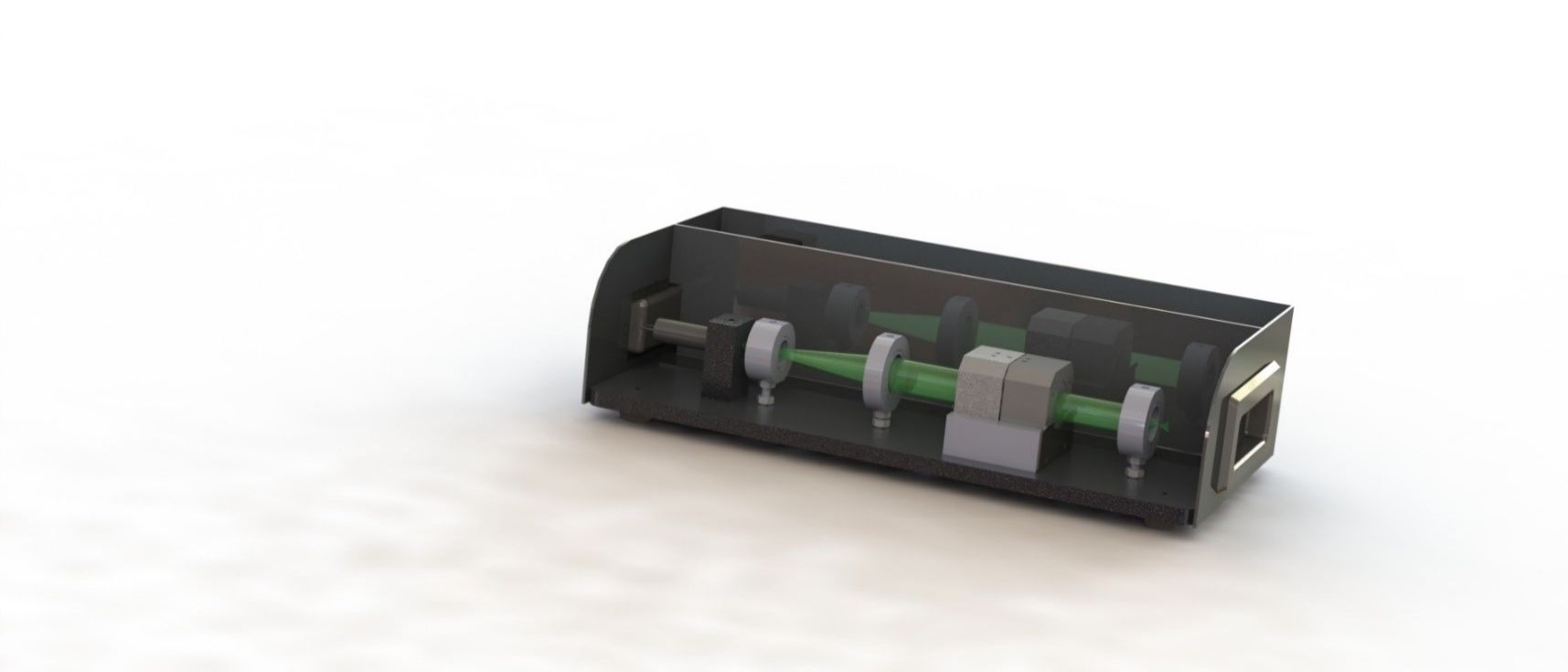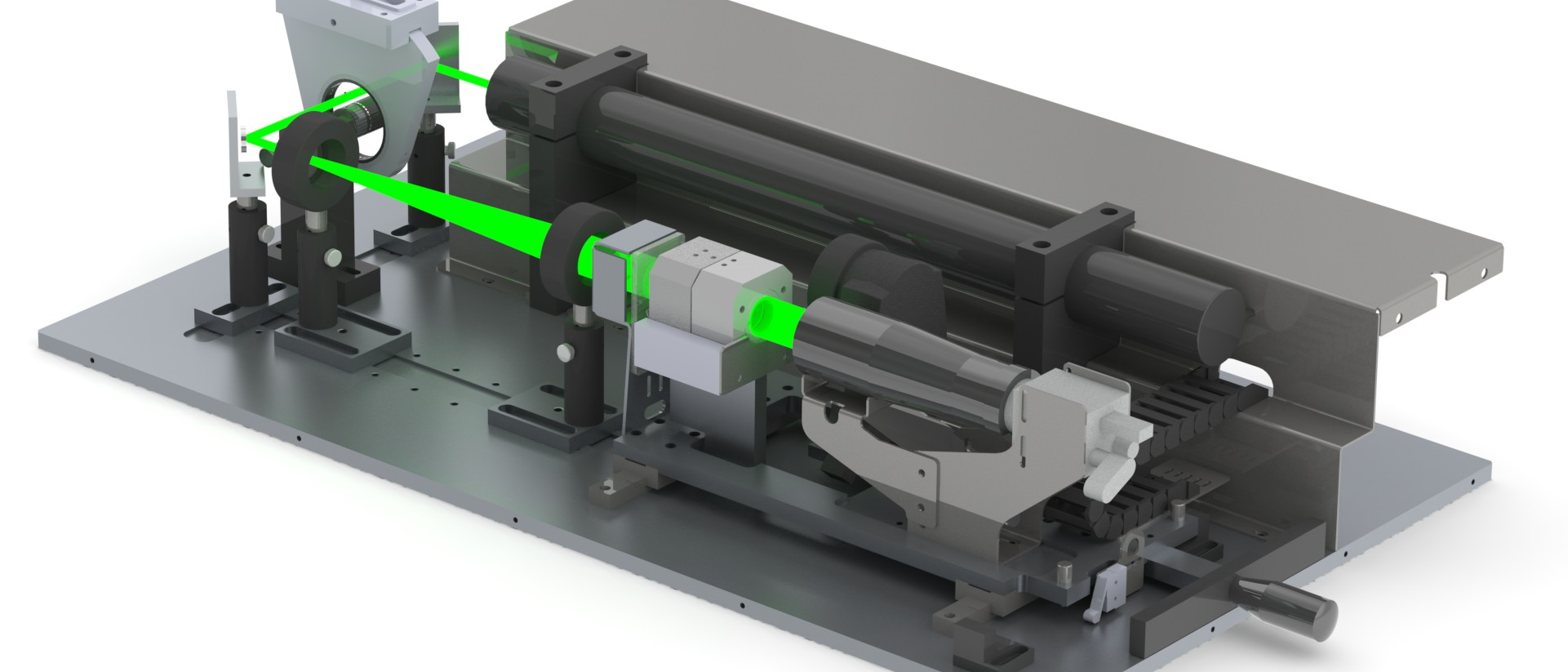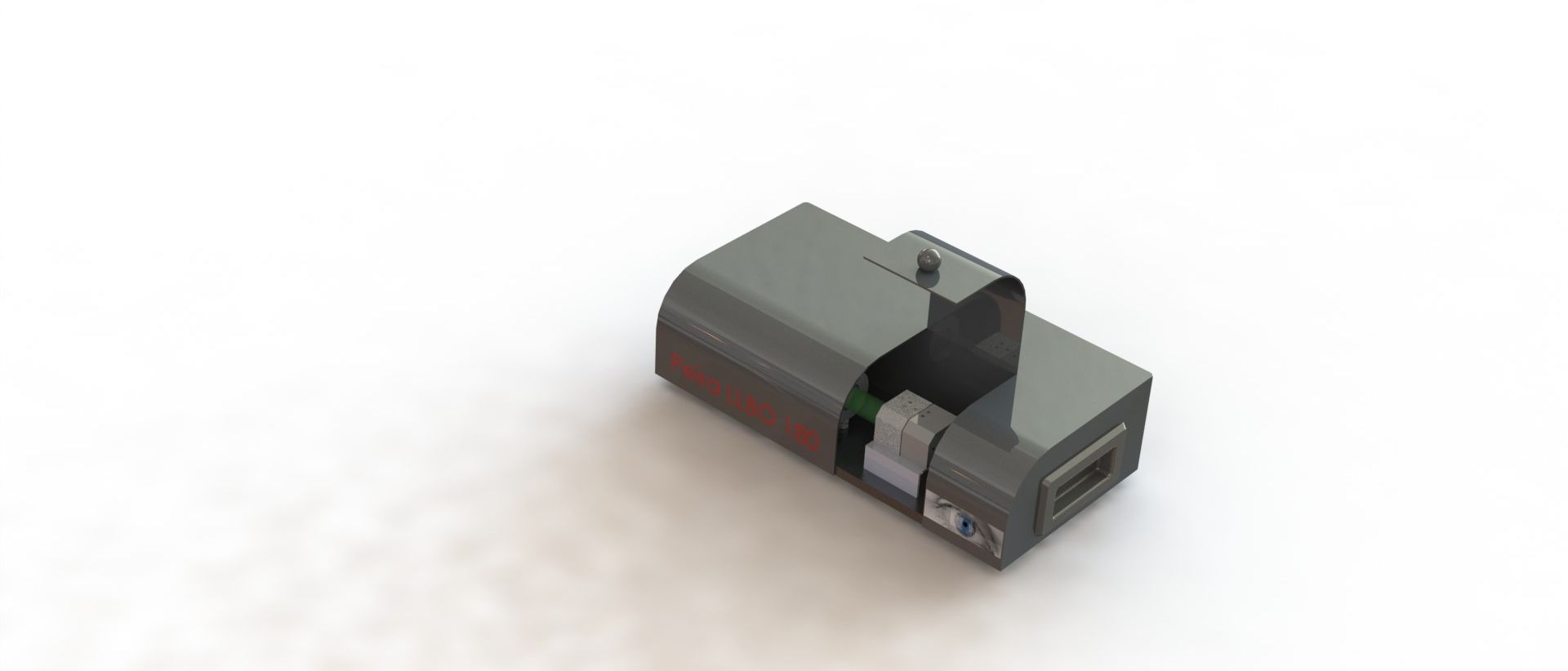Twelve years have gone by, but now it is a fact. The unique laser device which, without the use of live animals, can measure whether a certain product will have a harmful effect on a human eye is included in the OECD (Organisation for Economic Cooperation and Development) guideline for eye irritation. The device was further developed by Flemish research centre VITO. Belgian company Exmore now markets it worldwide.
Animal testing should be avoided. This trend has been going on for a few years now and since 2013 animal testing for cosmetics has been banned. However, almost all products on the market contain chemicals and the European legislator requires that every product containing chemicals is tested for consumer safety. Just think of cosmetics, cleaning products, paints or adhesives. The criteria are set out in the REACH legislation (Registration, Evaluation and Authorisation of Chemicals). Because the human eye is so vulnerable, these chemical products are always tested on eyes. This used to be done on rabbits. In the Draize test live rabbits get the substance in the eyes. This test has been contested for a long time because of animal suffering.
The search for adequate and reliable methods that do not use live animals has been going on for a long time, but with new solutions new problems arose. "Many alternative tests have been developed, but everyone uses different tests and different test combinations," explains Sandra Verstraelen of VITO. That is why VITO joined the CON4EI project in 2015, an international project that examines eye irritation and not only developed a database for alternative tests, but also combined a mix of methods to create a reliable testing strategy.
Opacimeter
Crucial in this alternative testing strategy is the opacimeter. It can measure the harmfulness of a chemical on the eyes by using the eyes of dead animals. These are usually the eyes of calves that are removed from slaughterhouse waste. The BCOP (Bovine Corneal Opacity and Permeability) method is a recognised test (OECD guideline 437) that directly measures the effects of test chemicals on the translucency and permeability of the cornea of cattle. Until now, this has been done with a device that measures the light permeability of the cornea, but therefore only shows damage to the centre of the cornea. In the laser device that VITO has further developed together with technology partner Exmore, the ordinary light was replaced by laser light and damage to the entire cornea can be measured. As a result, the measurements are not only more reliable, but also give a more complete picture of the damage that a substance may cause.
In order for this device to be recognised at European level as a reliable instrument for measuring the effect of chemicals on the eyes, it had to be validated and recognised as a method by all Member States. The OECD has now included this laser device in the official Directive 437, so that it can be used worldwide as a reliable method in tests for eye irritation in which live animals used to be involved.
This process from technology development at VITO to the transfer of laser equipment to Exmore for commercialisation took 12 years. VITO is now continuing this process of 'life cycle thinking' for the development of new technology in the field of diagnostics.





